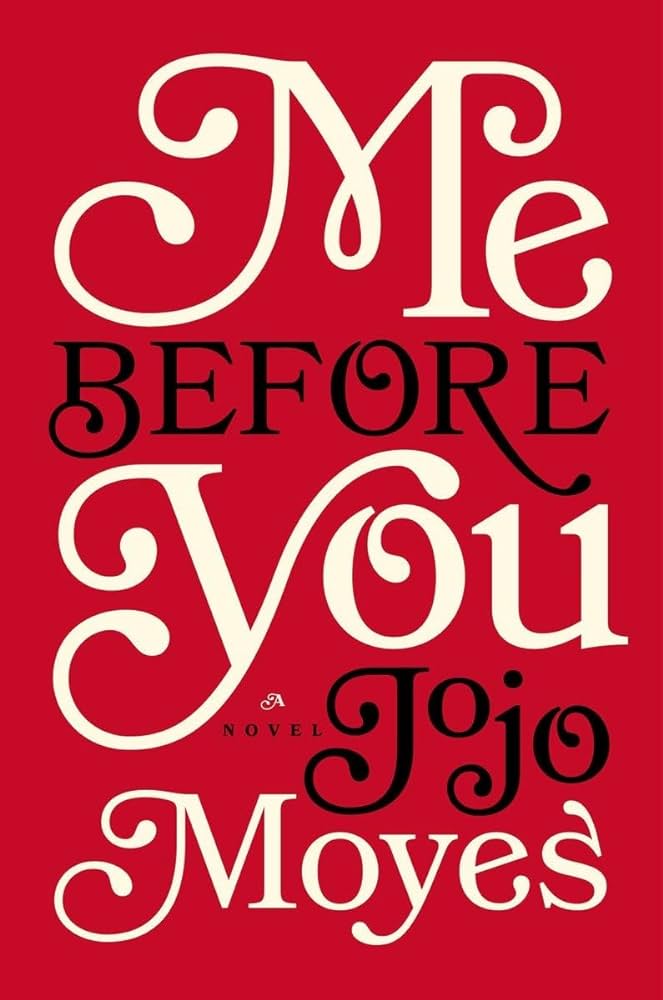What do you see when you first encounter someone/something? The eyes, the color of their eyes, their skin tone, the color of their hair—their physiognomy. Then we take in their strut, their posture, the way they carry themselves—their air. And we make up a whole backstory based on the two pieces of evidence observed above. (For many of us, that moment might be the perk of creativity in our dull day-to-day life.) Victor Frankenstein’s creature, being ugly and alien, undoubtedly falls victim to our judgy nature, and is forced by the mistreatment of society to fulfill that expectation. What if he were comely, as his creator had hoped (though in vain) him to be? Would he find love and acceptance? Some historical and modern cases shed light on the answer.
A creation must have a creator, who created this subject for a purpose—an exigence. In Victor’s case, he created the creature to defeat mortality and feed his vanity. If he had brought to life a corpse of beauty and wit, Victor could have concluded that he had triumphed over nature. However, the creature’s horrid look and action deemed the project a failure.
And to avoid such complications, creators painstakingly keep creations from derailing purpose in religion and politics. Although Satan is never described visually in the Bible (apart from morphing into a serpent and dragon), the Roman Catholic Church took authorship of Satan—to their convenience. The portrayal of the devil with horns and hooves has its origin in Egyptian deities, Pan, and Poseidon. And this amalgam of pagan gods inspire fear for the unknown, potent, and untamable, making the image of Satan a vessel for the Church’s ambition to terrorize its subjects. Similarly, modern politicians exploit the power of aesthetics. Leonor, heir presumptive to the Spanish throne, has been active in the public view with her father King Felipe IV since a child. Blond and blue-eyed (features comparatively rare in Western Europe), Leonor presents the perfect publicity image for the Spanish crown— a princess in her childhood and an awe-inspiring heir in her youth.
That said, this design behinds creations s not entirely bad. Although it exploits the human affinity for beauty, it gives birth to idols around whom we construct our world view—and perhaps to some extent, makes our existence easier to understand through the dichotomy of good (beauty) vs. evil (ugliness).
















